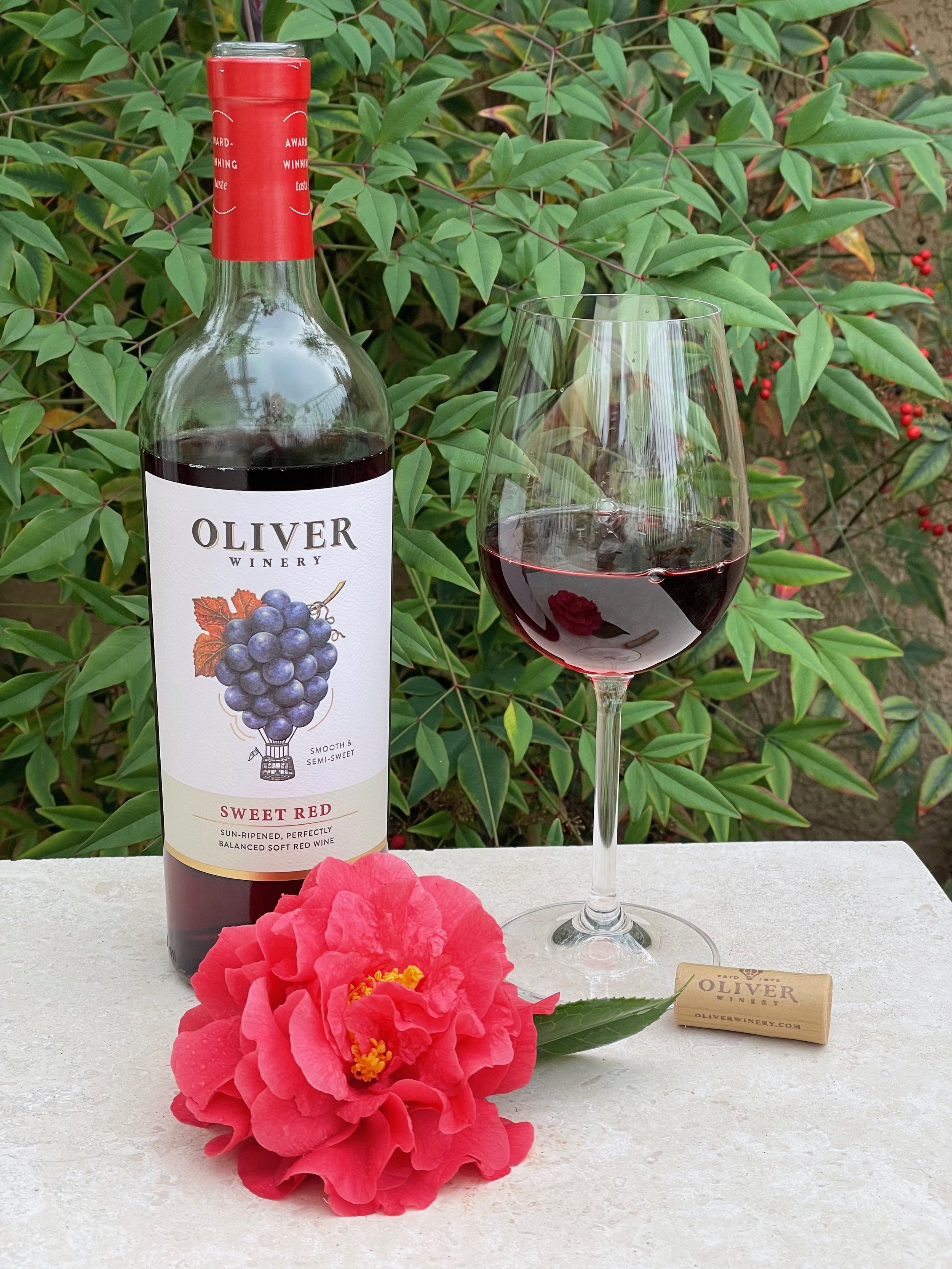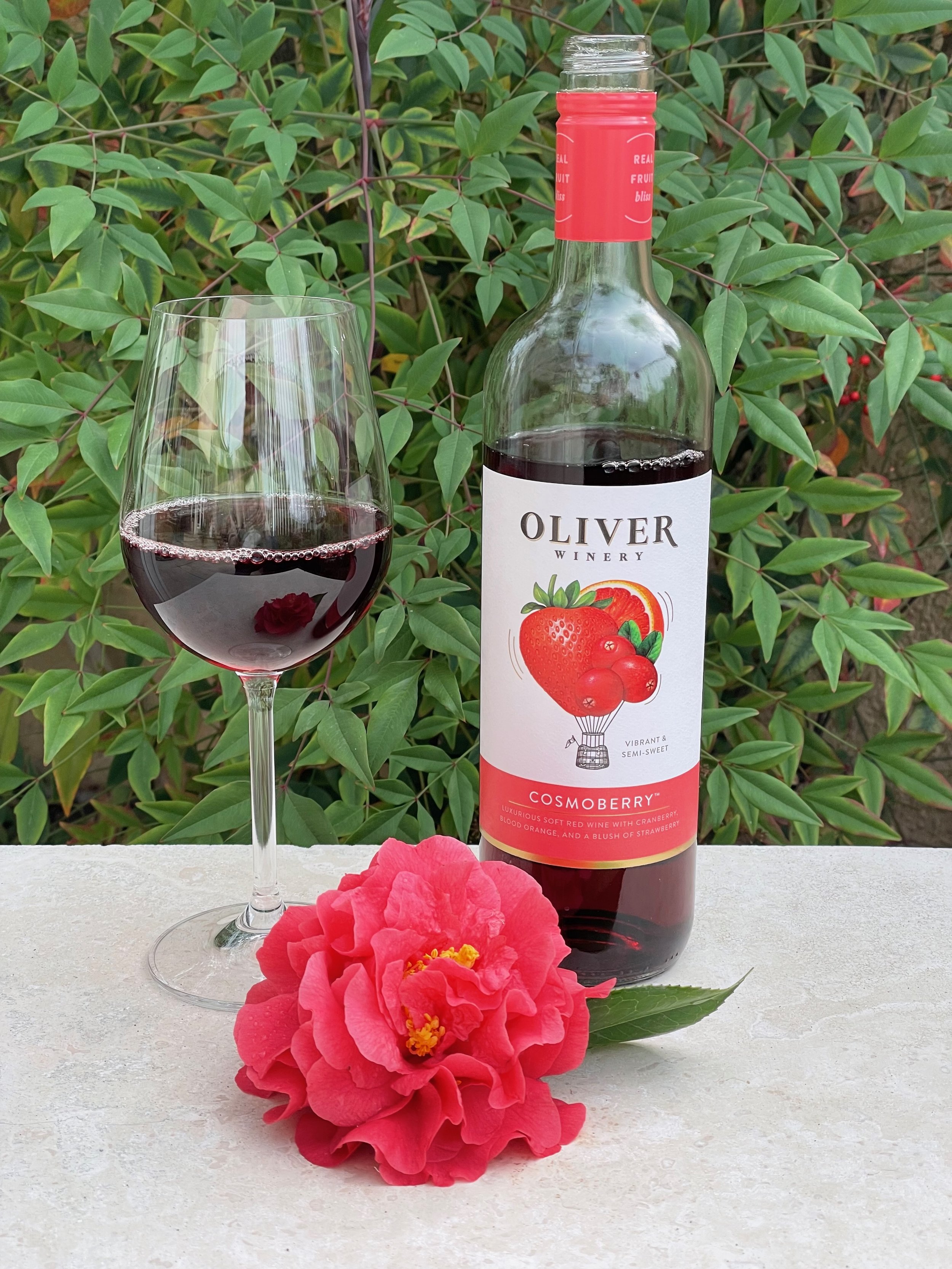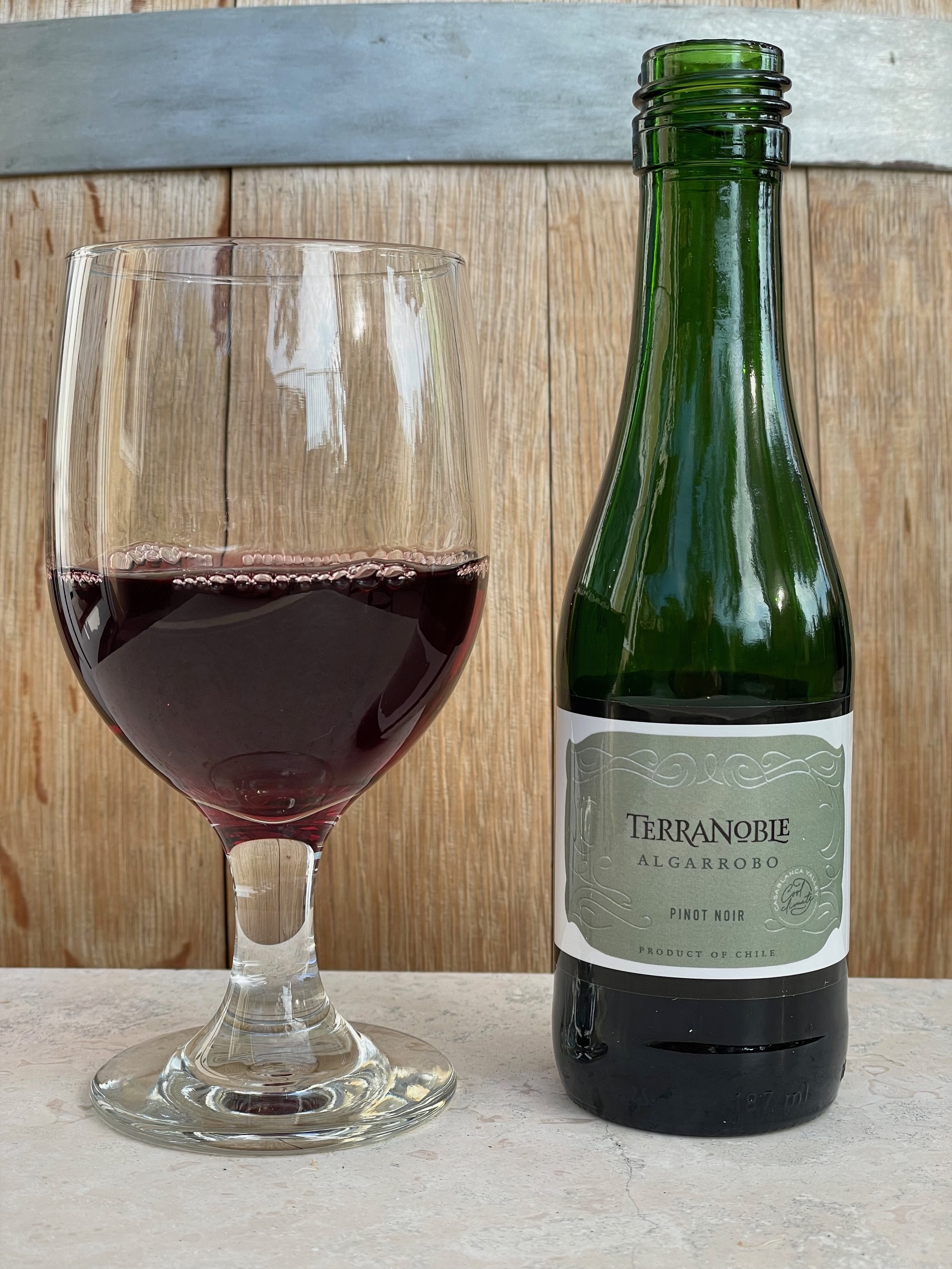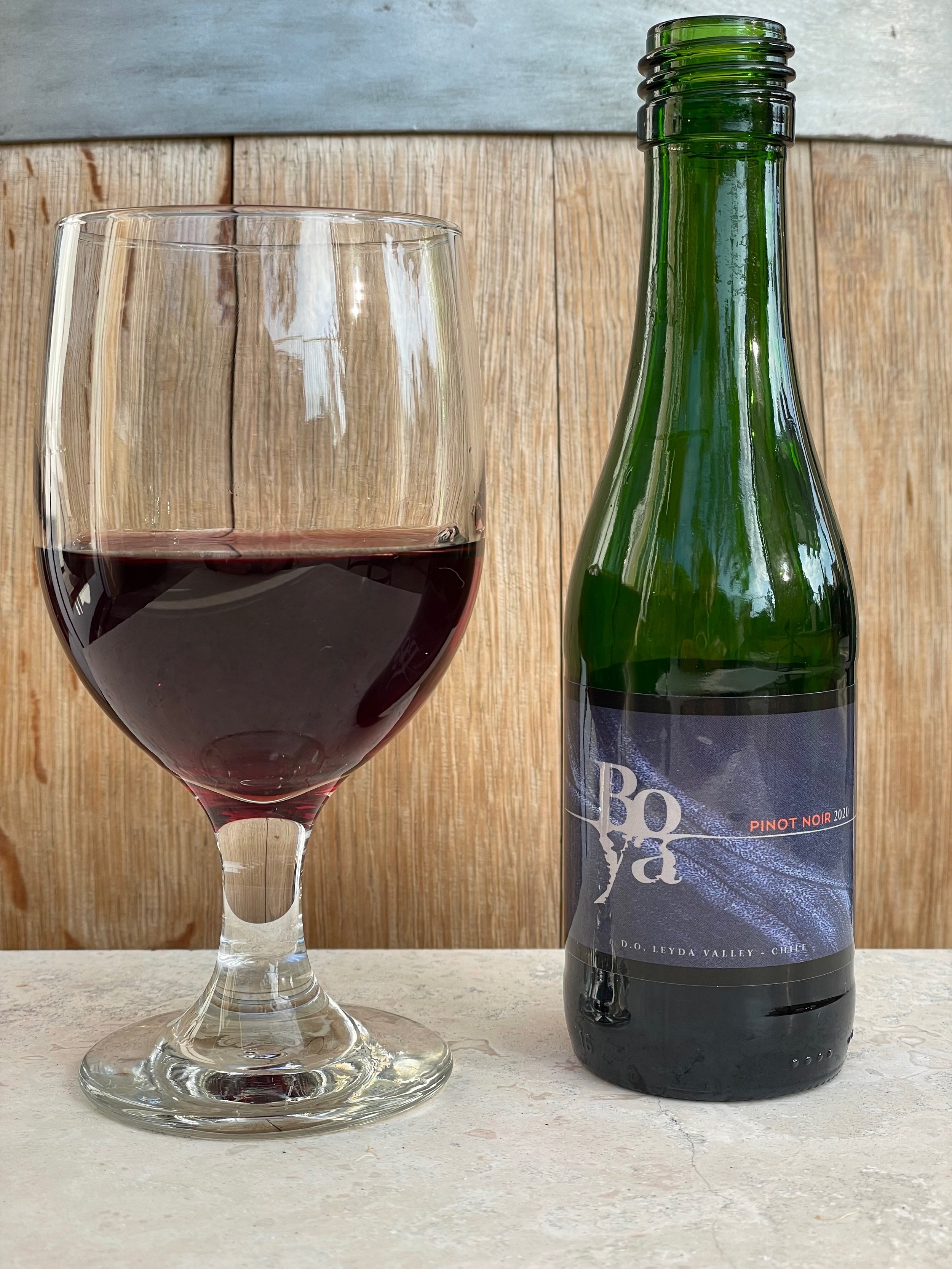Photo by Yohan Marion on Unsplash
Winemaking is a fascinating blend of science and art. We’ll dive deeper into the art of winemaking in a future blog, but for now, let’s explore some of the chemistry behind it.
During the winemaking process, several chemical compounds are produced that can greatly impact the wine’s aroma and flavor. These compounds include esters, isoprenoids, thiols, and phenols. Let’s take a closer look at each of them:
Esters
Esters are organic compounds formed by the interaction of alcohols and acids during fermentation and as a wine ages in the bottle. They are responsible for fruity, floral, and sweet aromas in wine.
Common Esters in Wine:
Ethyl Acetate: Produces fruity aromas (or major wine faults!).
Isoamyl Acetate: Responsible for pear drop candy flavors and banana-like aromas (Especially Nouveau Beaujolais)
Ethyl Hexanoate: Yields pineapple, apple, or pear-like aromas.
Phenylethyl Acetate: Gives floral (e.g., rose), fruity and honey-like aromas.
Isoprenoids
Isoprenoids, also known as terpenoids, are aromatic compounds found in wine. They contribute to floral, herbal, and citrusy notes. Certain grape varieties are more prone to producing specific isoprenoids, which is why some wines are renowned for their distinctive floral or citrus aromas..
Examples of Isoprenoids in Wine:
Linalool: Creates a floral, lavender-like scent (Esp. in Muscat and Gewürztraminer)
Geraniol: Yields a floral (rose-like) scent, found in many white wines.
Citrus terpenes (limonene): Contributes to citrusy aromas (Esp. in Sauvignon Blanc)
Thiols
Thiols, also known as mercaptans, are sulfur-containing compounds that can both enhance and detract from wine’s aroma. In small amounts, they impart complex, fruity, and tropical notes, reminiscent of passion fruit, grapefruit, or guava (particularly in white wines).
However, thiols can also contribute unpleasant aromas when present in higher concentrations, often associated with the “rotten egg” smell indicative of sulfur contamination..
Key Thiols in Wine:
3-Mercaptohexanol: This compound is responsible for grapefruit, passion fruit, and boxwood aromas (Esp. in Sauvignon Blanc)
4-Mercapto-4-methyl-2-penatanone: Contributes to tropical fruit aromas (Esp. in Sauvignon wines)
Phenols
Phenolic compounds, a diverse group of chemical compounds, encompass both volatile and non-volatile components. In wine, they primarily contribute to astringency, bitterness, and color. Additionally, they enhance the wine’s aging potential and are often associated with potential health benefits. Phenols can originate from grape skins and seeds, as well as from oak barrels utilized in winemaking processes.
Flavonoids (e.g., anthocyanins): Contributes to the color of red wines and potential health benefits.
Tannins: These are found mainly in red wines, and they contribute to the mouthfeel and the structure of the wine.
Resveratrol: Known for its potential health benefits, resveratrol is a phenolic compound found in the skin of red grapes and has antioxidant properties.
So, in summary, esters contribute fruity and floral aromas, isoprenoids add distinctive floral and citrus notes, thiols impart tropical and fruity characteristics, and phenols influence color, taste, mouthfeel, and aging potential. Each of these compounds plays a crucial role in shaping the complexity and character of wine, with their levels and interactions being influenced by grape variety, terroir, and winemaking techniques.










